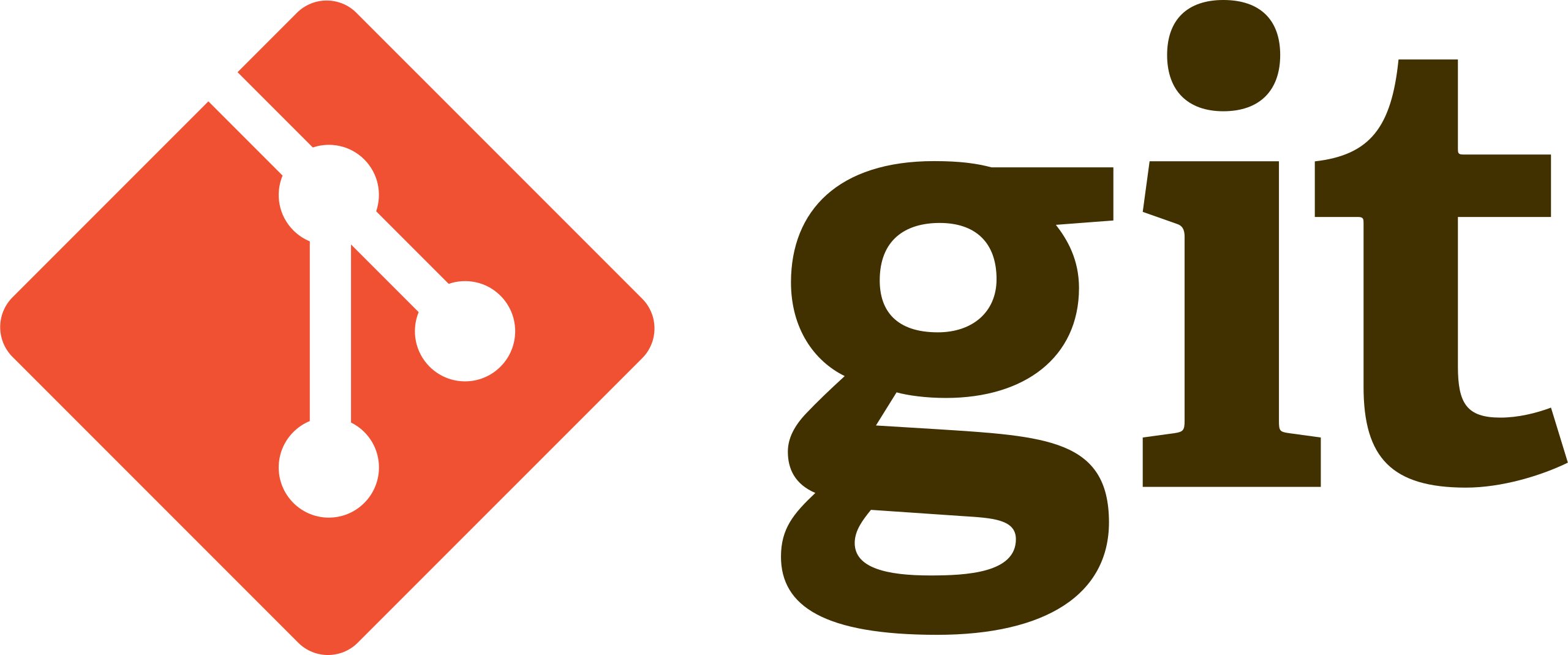Git Branching and Merging

Introduction
In this subunit, we'll teach you how to work with branches in git and how to merge these branches together. Branches are, in essence, a working directory for storing independent code you are developing. When this code is functional and ready to be integrated into the code base, you merge your branch with another branch—like the test or production branch. This subunit will teach you all you need to know to get up and running with this important feature of git.
Goals
Create, list, and delete branches
Explain use cases for branching
Merge one branch with another
Branching
So far in our Git workflow, we've only been working on a single branch.
But when you're working with a team, this isn’t usually desirable.
What if you want to go off on your own and work on some experimental new feature?
You want to be able to work without worrying about breaking the current code or conflicting with other coders
Typically, everyone does not code on a single branch
A branch holds a collection of commits related to a specific purpose (bug fixes, new features, deployment)
A code base typically has multiple branches being worked on at once
Once the purpose of the branch is complete, we merge the commits of the branch to the main codebase
After making your initial commit in a new git repo, a branch named main is generated automatically
To see your branches, type
git branchin the terminal.At this point, you should only see main; we will see how to create a branch next
'An Important Note': GitHub used to call the default 'main' branch of a repository the 'master' branch. As of late 2020, GitHub has decided to rename the default branch from
mastertomain. All new repositories have a 'main' branch, but many older repositories will still call this branchmaster. If you are using an existing GitHub account, or are using an older version of Git, your 'main' branch might be calledmaster. We are using the 'main' branch in this set of instructions to keep up with the latest industry trends. If you have an older version of git or older repositories, simply swap out 'main' with 'master' when you are entering these commands into your terminal.'Read More About Naming Conventions': If you are curious about GitHub's decision to rename the default branch to
main, read their documentation here—renaming
Creating a branch
To create a new branch, we use the git checkout command with the -b flag and then pass in a name of a branch.
This creates the branch and moves you to the newly created branch
Also note that where you create a new branch matters
All code on the branch you were on when you created the new branch will automatically be included in the new branch code
Moving between branches
To move back to main (or to any other branch) we use the command
git checkout NAME_OF_BRANCHIf we have unsaved work on a branch, we will get an error message
The easiest way to get around this is to finish and commit the work on this branch
We will explore different approaches later such as
How to
git resetour code without savingHow to
git stashthe current state of our code and later retrieve it usinggit stash pop
Deleting a branch
Typically, we will delete a branch after
The branch has been merged to the primary codebase
We decide we don't want to merge the code
To delete a branch, we have to currently be on a different branch
Then we can run the command git branch -d NAME_OF_BRANCH
We may run into an error message when trying to delete if we try to delete a branch that has unsaved work
This is git's way of warning us "are you sure you want to delete this branch, you didn't commit your work"
To force delete, use a capital
Dflag in our commandgit branch -D NAME_OF_BRANCHTo see all the branches we have locally, we use the command
git branch.Sometimes we also want to see the branches others are working on remotely
To list all branches on GitHub or remote branch, we pass the
-aflagThe flag does not matter right now, but it’s good to get in the habit of using
git branch -a.
Merging
With a branch workflow, we usually create a new branch for something we are working on (a new feature, a redesign, etc.).
Traditionally, the main branch is reserved for production code and immediate bug fixes.
When we are done modifying our branch, we need to merge the code into the main branch.
Here's what we're going to do:
Create a folder called learn_branching and
cdinto it =>mkdir learn_branching && cd learn_branching.Initialize a git repository =>
git init.Create a file called first.txt =>
touch first.txt.Add that file
git add ..Commit that file
git commit -m "initial commit".Create a new branch called feature->
git checkout -b feature.
Now that you are on the feature branch, create a file called new.txt => touch new.txt.
Add that file =>
git add..Commit that file =>
git commit -m "adding new.txt".Create another file called another.txt => t
ouch another.txt.Add that file =>
git add..Commit that file =>
git commit -m "adding another.txt".Now let's move back to the main branch using
git checkout mainNote that the main branch has no awareness of new.txt or another.txt.
Merge our changes from the feature branch into the main branch =>
git merge featureDelete our branch called feature->
git branch -d featureNow if you take a look at
git log -oneline —decorate, you’ll see that the commit history on feature has been merged into main.